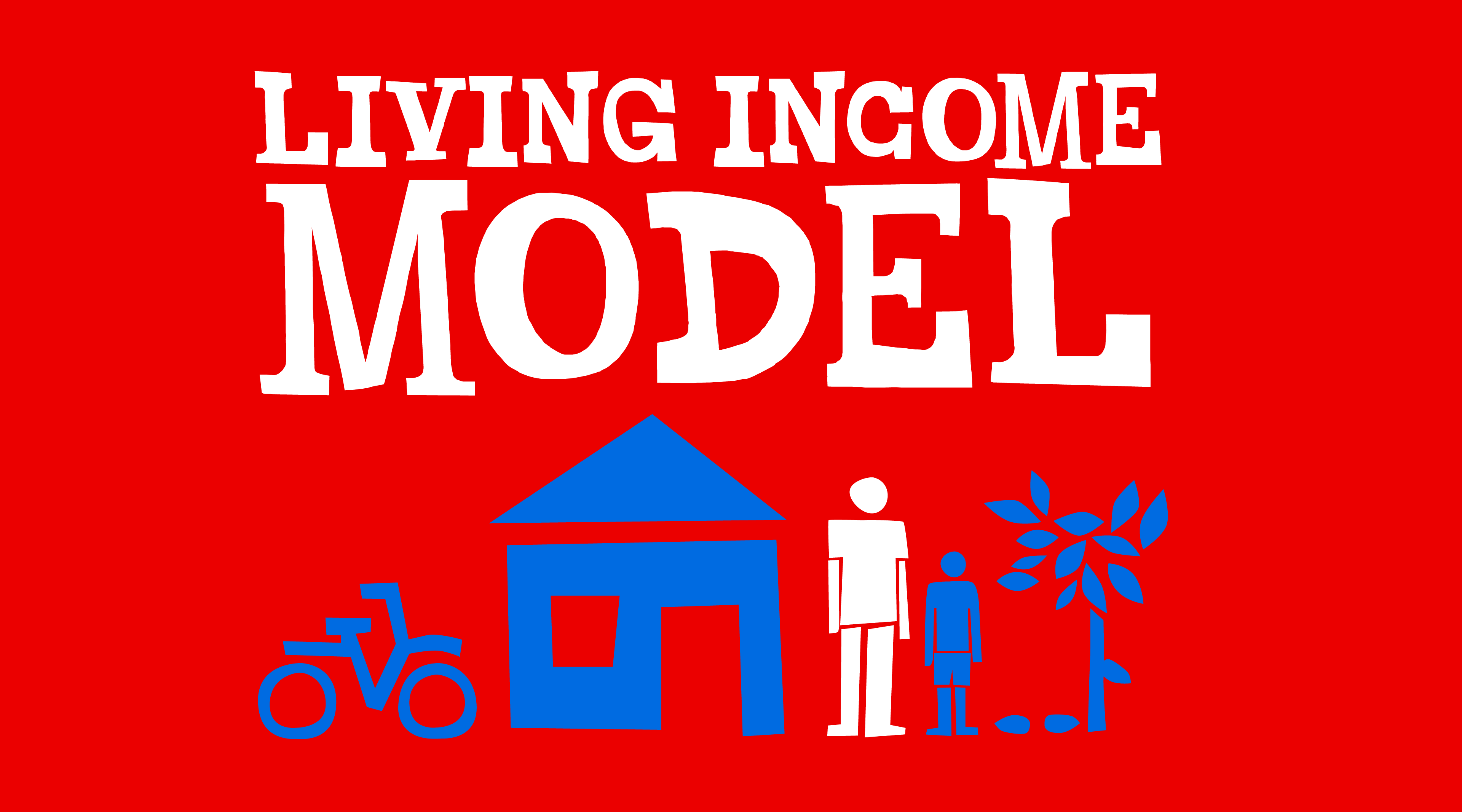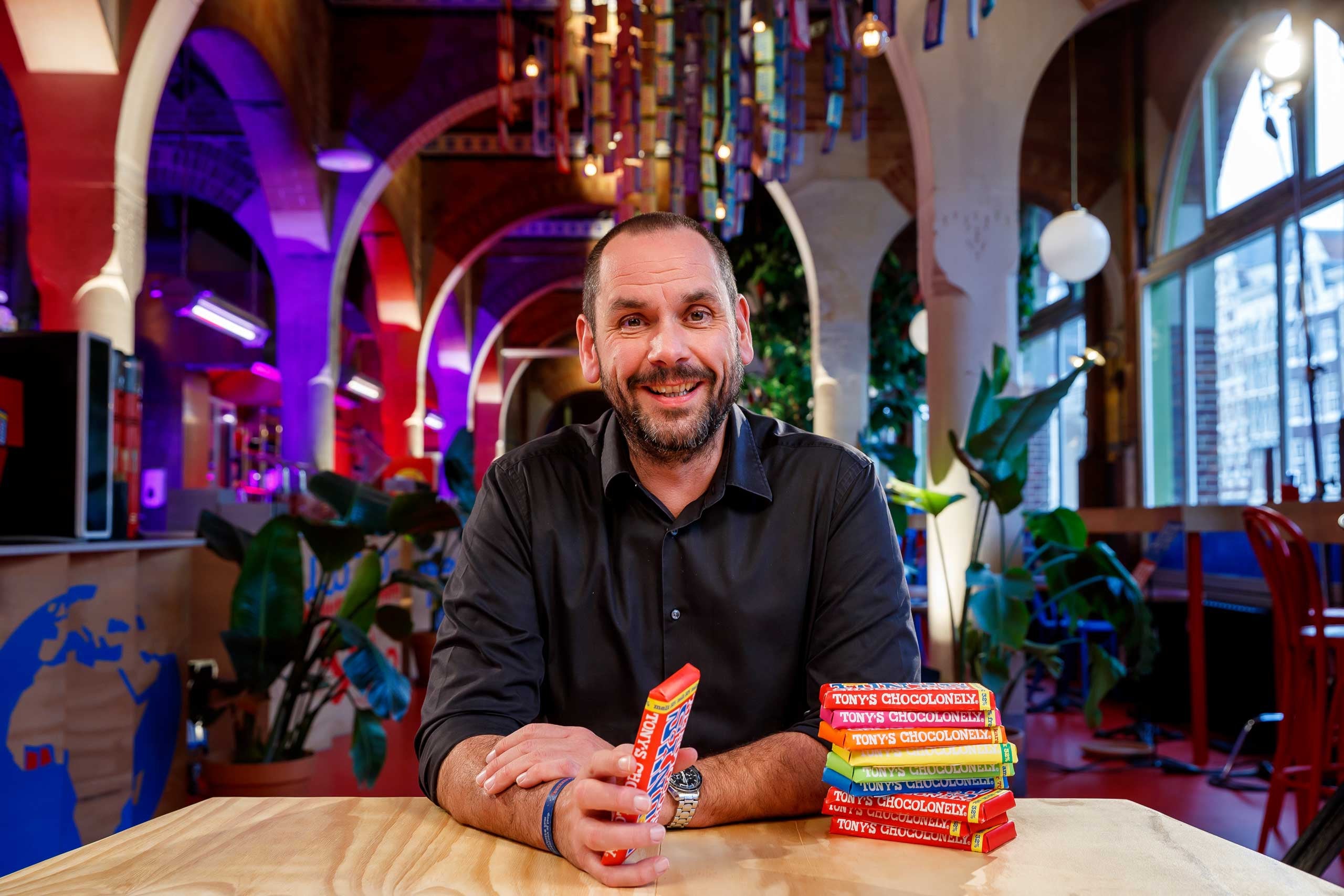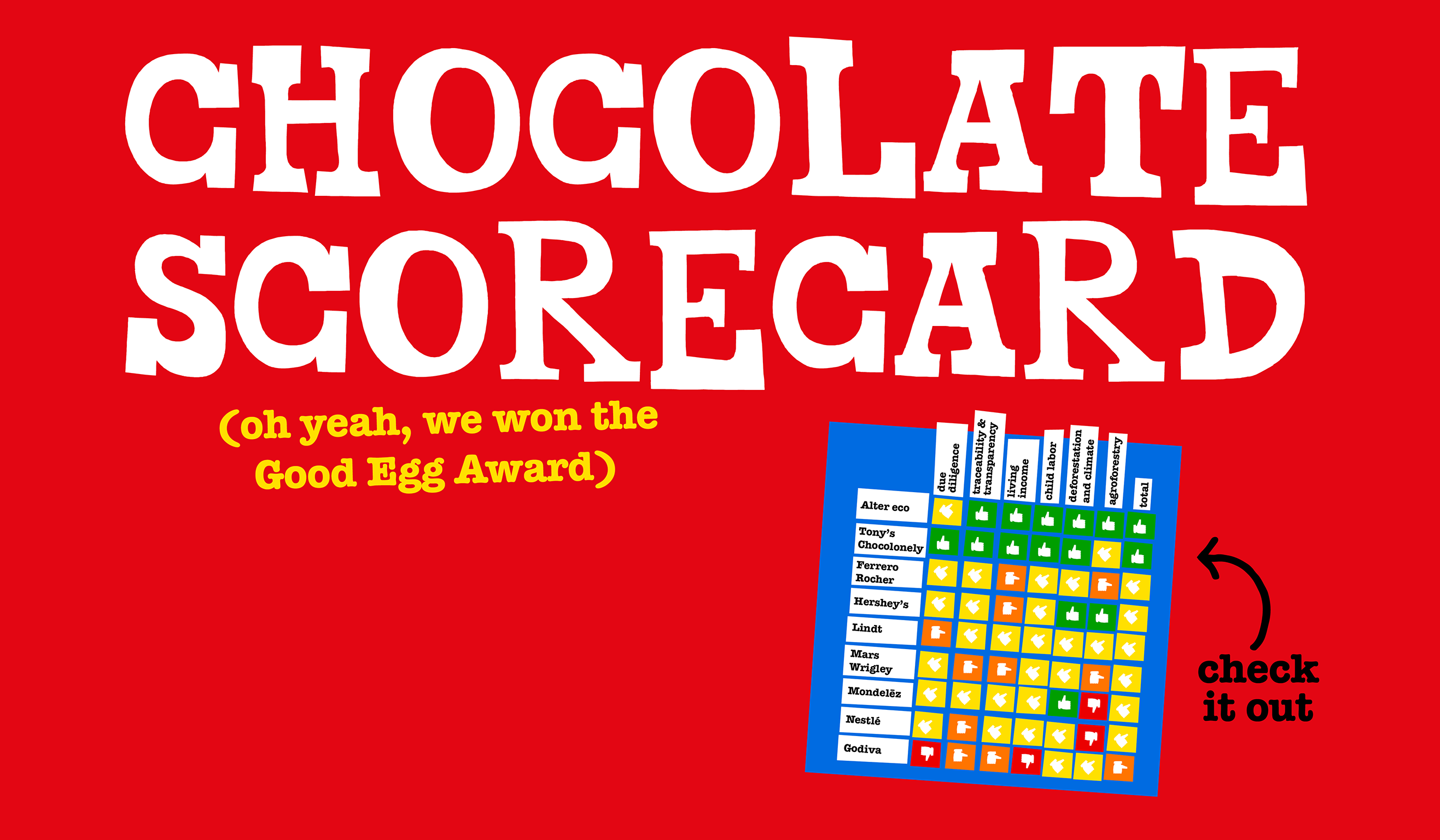The Living Income Model sets the Living Income Reference Price (LIRP) for cocoa in Ghana & Côte d’Ivoire.
Extreme poverty, the direct result of the unequally divided cocoa chain, is the root cause of forced labor, child labor and deforestation. So, to solve those problems, paying a higher price for cocoa, more specifically a living income, is a good place to start (although all 5 Sourcing Principles are necessary, of course). To pay a living income, you first have to figure out what a living income is. And that's exactly what Fairtrade and Tony’s Chocolonely did with their shared living income model!
Fairtrade and Tony’s Chocolonely share their vision on living income and use the same model for calculating the cocoa price that enables farmers to earn a living income. The Living Income Model, developed by Fairtrade, calculates the LIRP. The model reflects a holistic view where productivity increases, income diversification and paying a higher price are all needed to get farmers to a living income. We call upon all chocolate companies to make a living income the norm and to start using this model.
The living income model has a holistic view where increased productivity, income diversification and paying a higher price are needed to get farmers to a living income. This is a shared responsibility from the cocoa market players, cooperatives and farmers.
So, ehm, speaking of the living income model, what is it exactly? Let's dig in..
(see: Fairtrade Living Income Reference Prices for cocoa)









